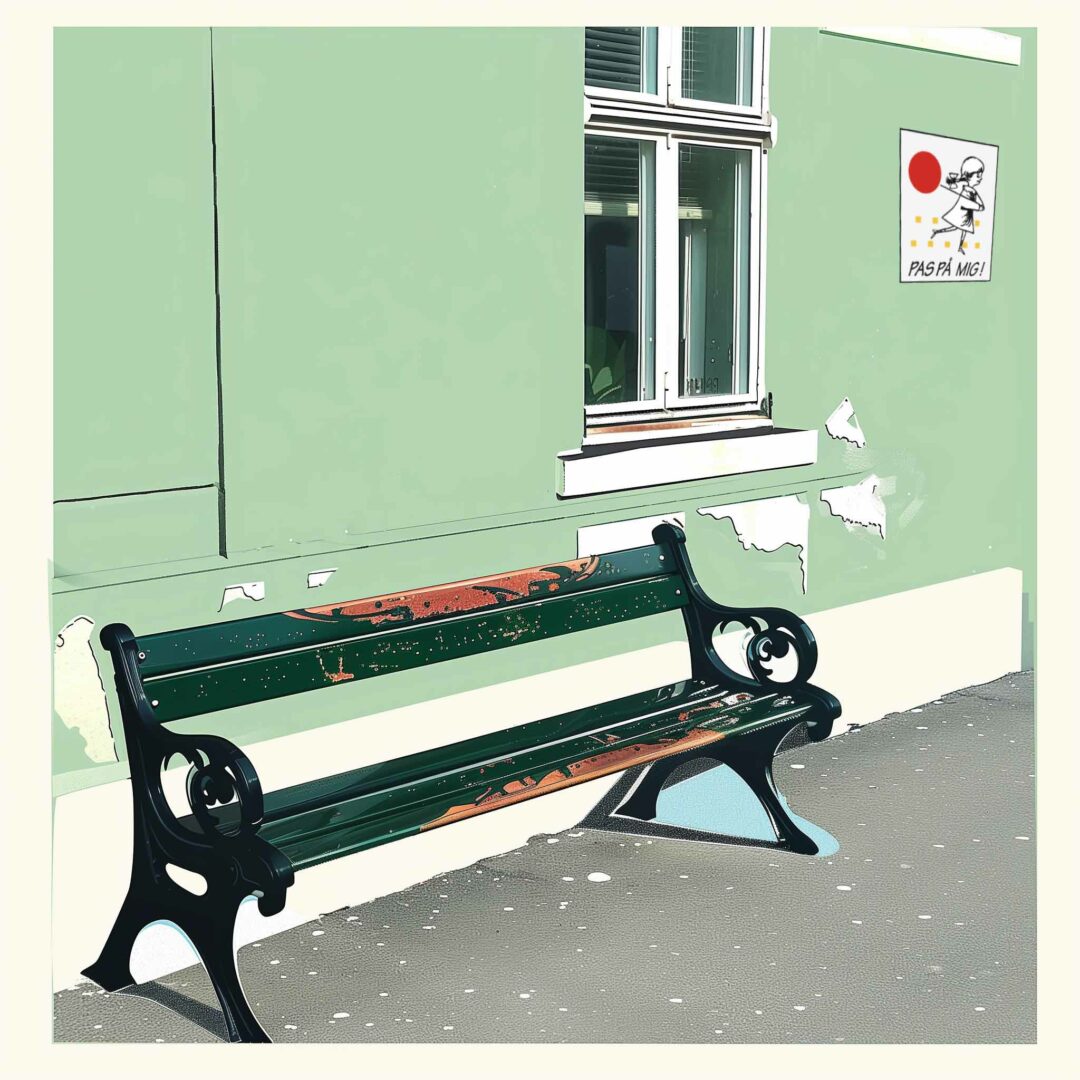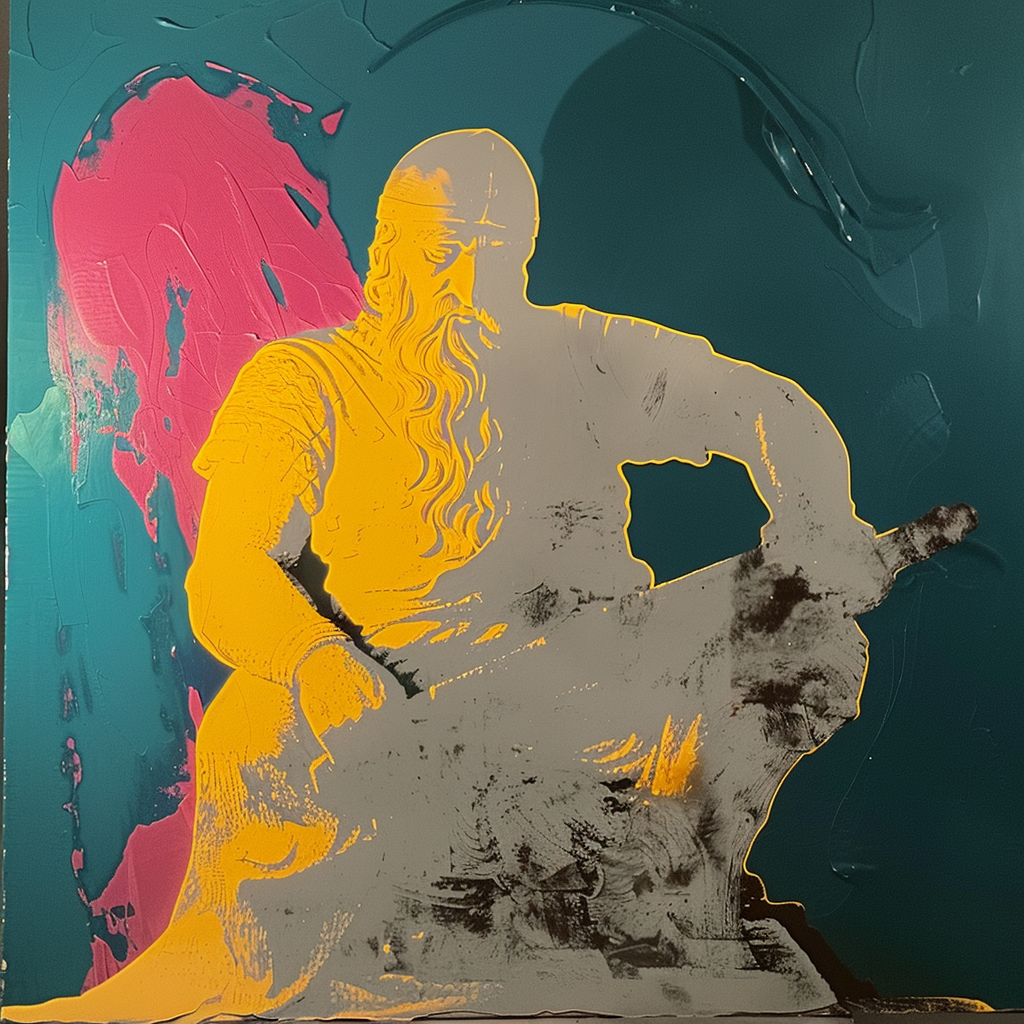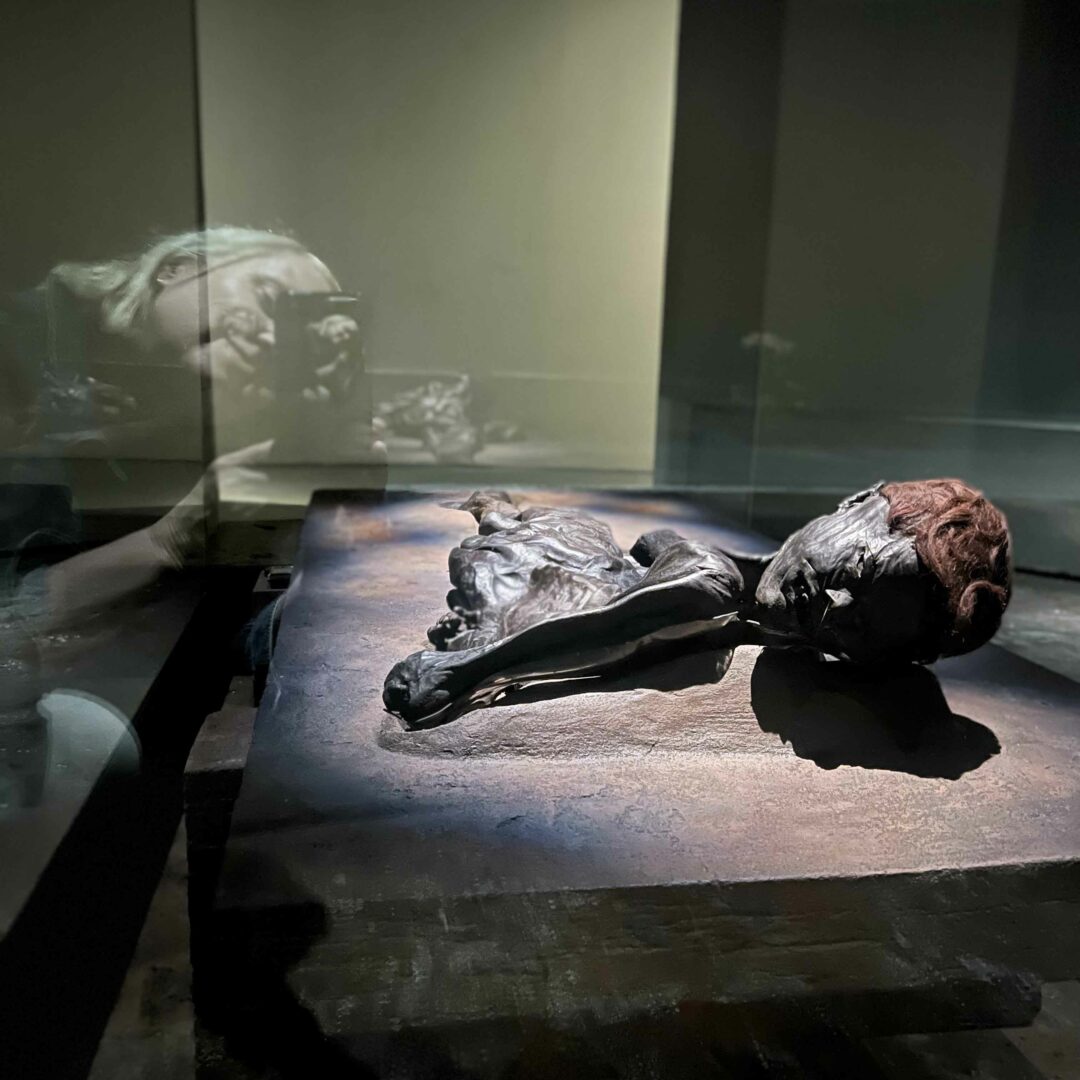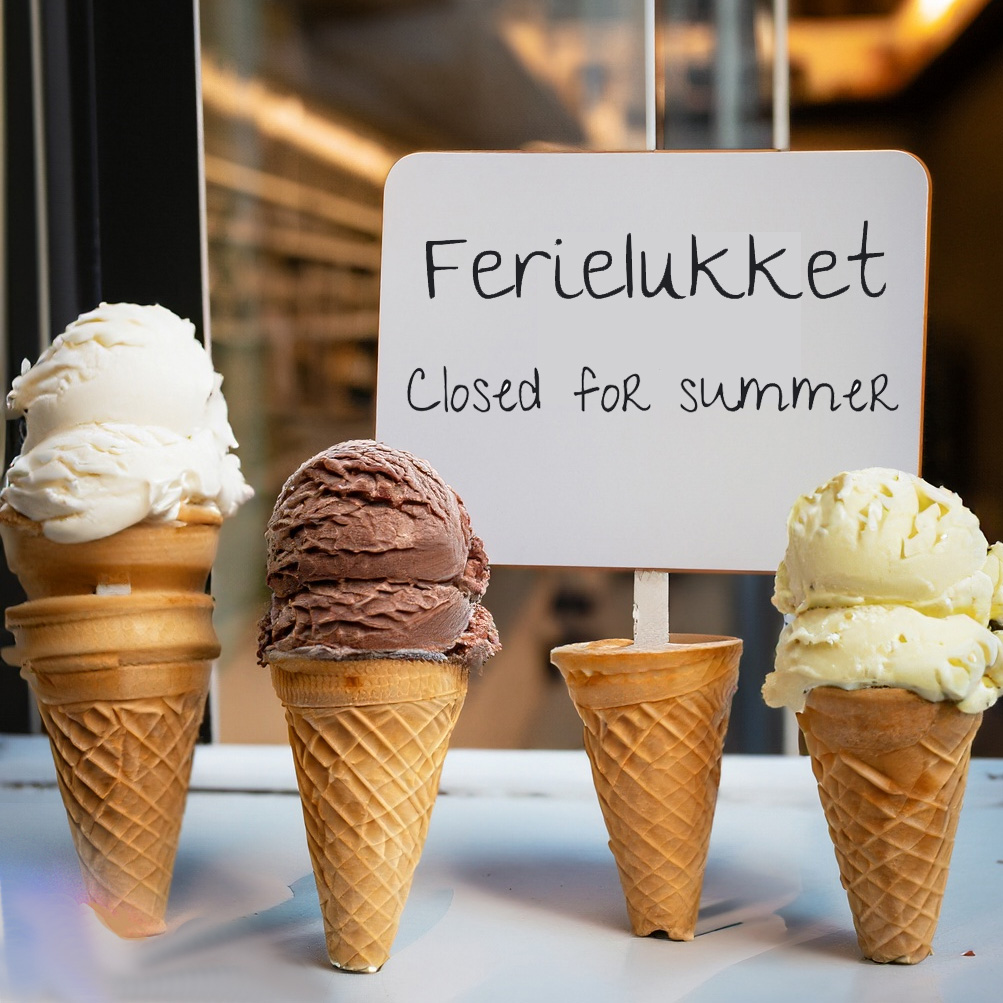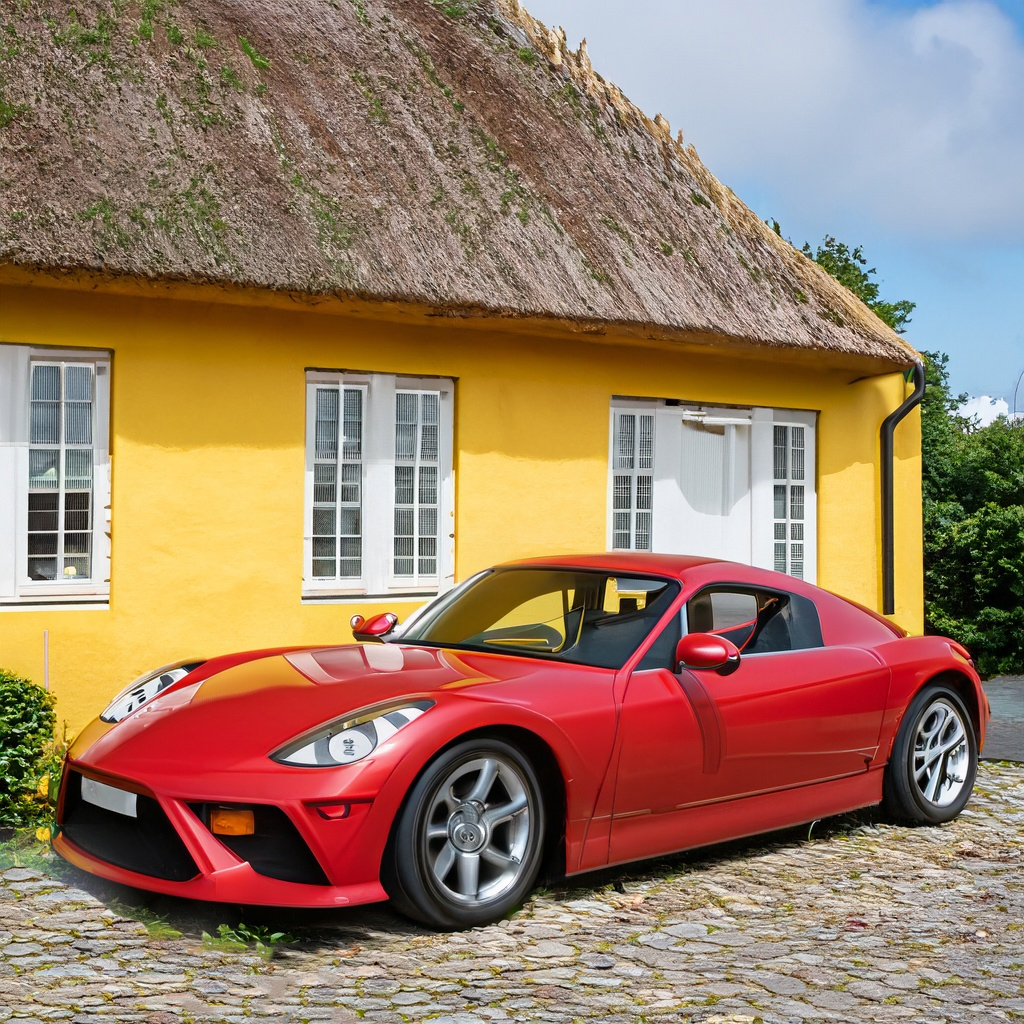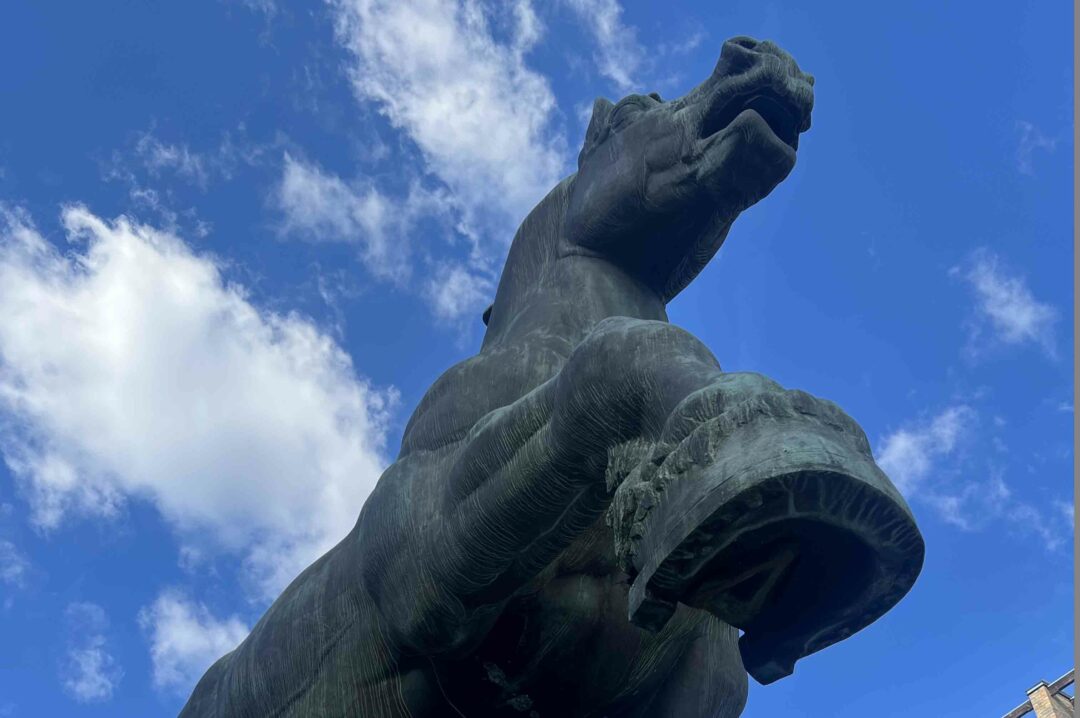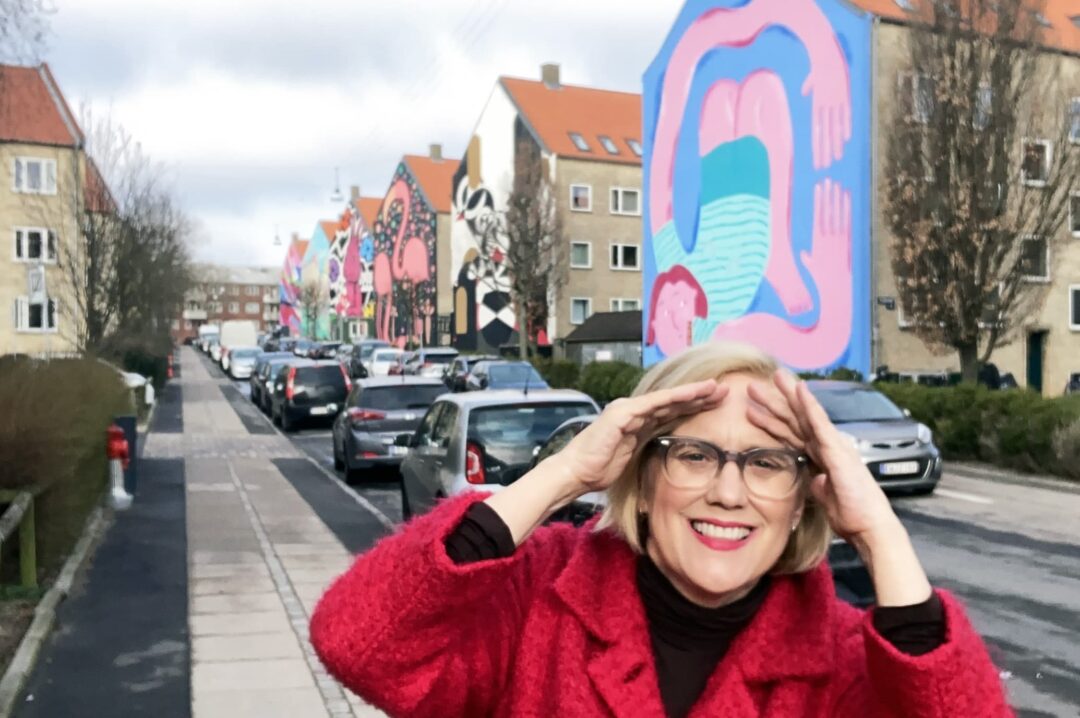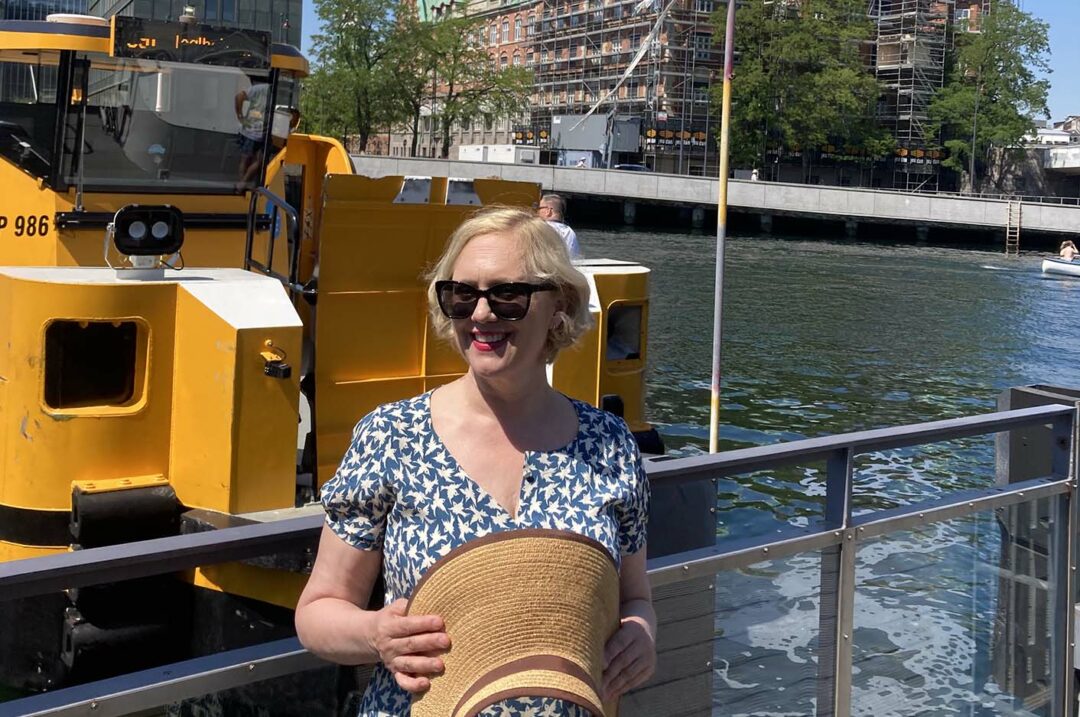It’s summertime, the top tourist season in Copenhagen, and the streets and the bike lanes and the harbor boats are full of people from around the world. One of the things they come to look at is Danish design.
I’ve created a new audio tour of Danish design in Copenhagen via Voicemap, but I thought I’d share a few quirks of design in Copenhagen that are not in the tour.
First of all, did you know that Copenhagen has its own color?
It’s called Copenhagen Green, and it’s a dark emerald green, mixed with a fair amount of black. A little like the dark green we see on the leaves of trees here in August. Pantone 3435C, for you designer types.
Green and black blend well
You’ll notice that all Copenhagen benches are this color, and there are thousands of these wood and cast-iron benches around town. They were originally designed more than a hundred years ago by Thorvald Bindesbøll, an art nouveau master also known for the Carlsberg beer label.
You will see Copenhagen Green on many wooden doors and window frames in the old city, as well as lamp posts, railings, even small bridges in the beautiful Ørsteds Park, all painted Copenhagen Green. This was a conscious decision by city leaders in the early 1900s.
They felt the combination of green and black blended well with both natural and urban settings and using it widely would create a sense of harmony. Plus almost everybody likes green.

